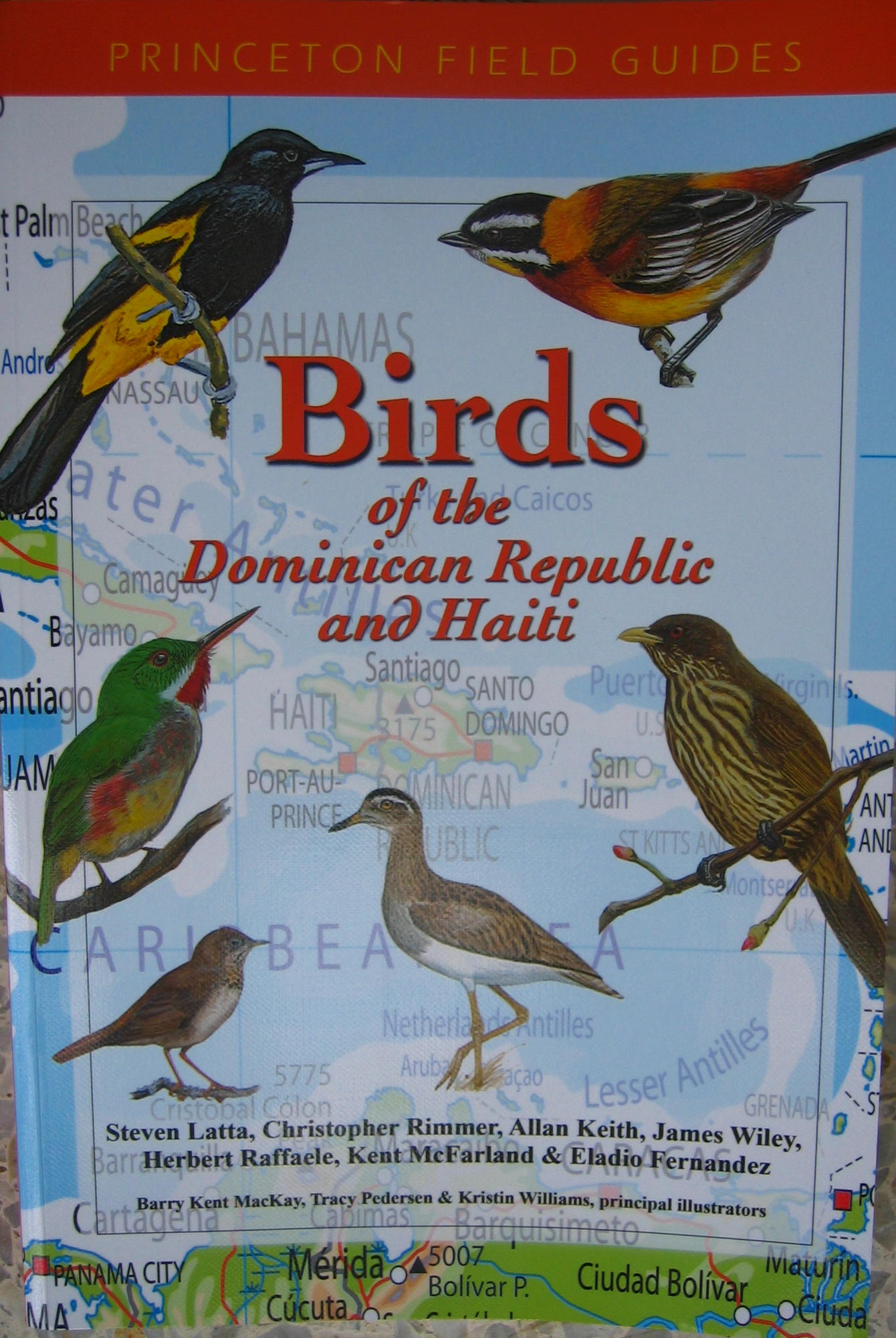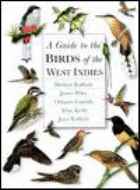1. Geography and Birds
The Dominican Republic (know affectionately as "the DR") occupies two-thirds of the island of Hispaniola, the second largest island in the Caribbean region. Because it is part of an oceanic archipelago, the bird fauna of Hispaniola has a relatively high numbers of endemic and regional endemic species. In comparison with countries with similar sized land masses on the American continent, like Guatemala, Costa Rica or Suriname, Hispaniola has fewer numbers of species and fewer bird families represented. But it has many more endemics.
Hispaniola benefits from extremely varied geography and habitats, from lowland swamps and rainforest, to broad savanas, to arid deserts, to montaine rainforest, to highland pine forests. It has several unique geographical features, like Lago Enriquillo, a salt lake 40 meters below sea level, and Pico Duarte, the highest mountain in the whole Caribbean(3,145 meters).
Hispaniola also is an important stop-over and wintering location for migrants from North America: mainly shore-birds and warblers. In many cases these birds are much easier to see here in the winter than they are in North America in the summer, since they are concentrated in a much smaller area.
- Check out this map - vea ese mapa
A "must-have": The new Field Guide to the Birds of the Dominican Republic and Haiti, by Steven Latta et. al.(Princeton Press, 2005)

Also very helpful: the British Ornithological Union "Birds of Hispaniola" annotated checklist, by Allan Keith et.al.

The Birds of the West Indies, by Herbert Raffael et al., (Princeton Press, 1998) and a compact version (2003) are also useful publications.

1. Geografia y Aves
La Republica Dominicana (o, Rep. Dom.) ocupa dos-tercas partes de la isla de Hispaniola, la segunda isla en territorio en la region del Caribe. Como parte de un archipielago oceanico, Hispaniola tiene una avifauna con relativemente alta incidencia de especies endemicas y endemicas regionales. Comparado con paises con similar extencion territorial en el continente Americano como Guatemala, Costa Rica y Suriname, los cuales tiene altos numeros de especies pero pocas endemicas, Hispaniola tiene menos especies y menos familias avianas representadas. Pero tiene muchas mas endemicas.
Hispaniola beneficia de geografia y habitats muy variadas, como cienegas, savanas, desiertos, bosques humedos altos y bajos, bosques de pinos y bosque seco. Dos caracteristicas geograficas unicas son, el Lago Enriquillo, un lago salobre a 40 metros bajo nivel de mar, y el Pico Duarte, el punto mas alto en el Caribe(3,145 metros).
Hispaniola tambien es un punto importante para aves migratorias desde Norteamerica: principalmente playeros y ciguitas(reinitas). En muchos casos, estas aves son mas faciles de ver aca en el invierno que alla en el verano porque son mas concentradas en menos espacio.